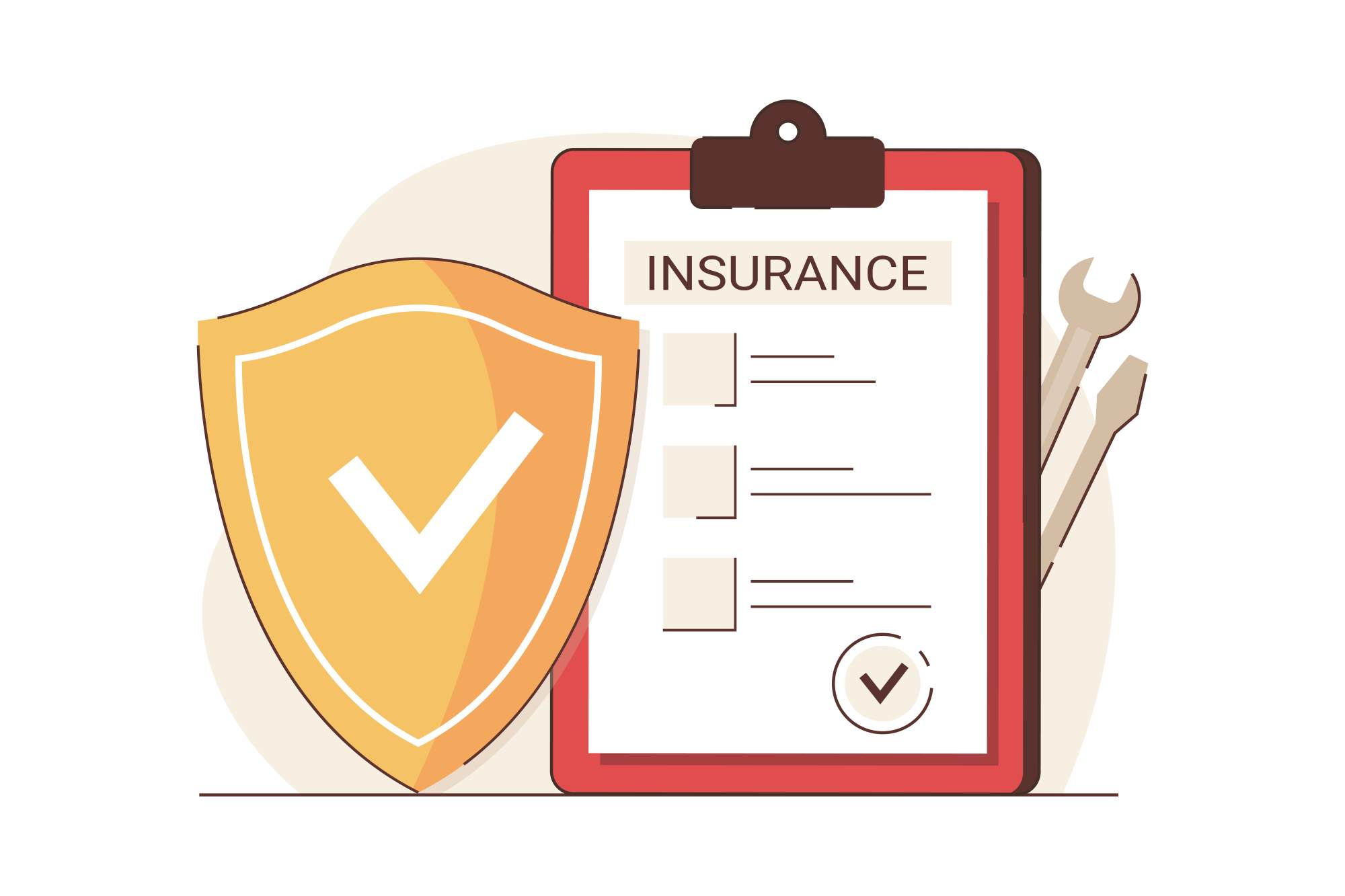9000+ Cashless Garages
96% Claims Settled (FY 24-25)

9000+ Cashless Garages
96% Claims Settled (FY 24-25)



Purchasing two-wheeler insurance is not just marking a checkbox; it is about protecting yourself and your vehicle. Most buyers miss essential policy details and later feel helpless during the claims process. Thus, getting to know what your policy covers is vital. While a low premium may be appealing, it might leave you underinsured.
Don't rely only on assumptions or word-of-mouth advice. Every rider's needs differ, so your policy must match your usage and risks. This article covers the key things to go over before buying two-wheeler insurance.


You must check your two-wheeler insurance policy regularly to ensure your coverage is active, sufficient, and reflects your current situation. The following points highlight the reasons it is essential to check your policy:
By checking your policy often, you’ll know when it expires. This helps you remember to renew it.
Keeping up with your policy helps you avoid surprise insurance fees that can hurt your budget.
It helps to verify that all coverages are active. This includes personal accidents and any other add-ons. Ensure they meet your needs.
Check and renew your policy on time. This helps you keep your NCB, which means lower premiums.
Keeping your policy details current helps you avoid delays. Thus, ensuring a faster claims process.
It's imperative to read your two-wheeler insurance policy thoroughly to ensure you have the protection you need and avoid any issues later in a claim or during renewal. Here are the key details that you'll have to verify:
Make sure your policy number is listed and all your details - name, address, and contact details - are accurate. Inaccurate personal details can result in delays during your claim. So, if any inaccuracies are present, tell your insurer right away.
Ensure that the details of your bike - specifically, registration number, engine number, and chassis number - are noted accurately in the policy. Appropriate vehicle details are imperative to prove ownership and to enable a smooth claim.
Look over the policy for what type and extent of coverage it is, whether it's a third-party policy, own damage or comprehensive. Comprehensive policy covers third-party liability and damage to your vehicle, and you can enhance the coverage using add-ons.
Check if you have bought add-ons such as Zero Depreciation, Engine & Gearbox Protection, Pillion Rider Cover or NCB Protection. These add-ons cover specific risks and provide additional coverage. However, they may be reflected in your premium.
Check the Insured Declared Value (IDV). Insured Declared Value in bike insurance is the maximum sum you will receive as reimbursement in the event of total loss or theft. It should be the current market value of your bike and reflect in both the premium and the claim paid.
Verify the premium amount charged and whether it agrees with GST and other fees. If the figure is different, you should return to your insurer to rectify it as soon as possible to avoid potential problems at the renewal stage or, worse, at the claim stage.
Check if your NCB is correctly recorded at renewal if you previously had no claims. No Claim Bonus in bike insurance will give a discount percentage on your premium at renewal. The NCB discount percentage should be valid and continued in your policy.
It is essential to highlight your policy’s expiration date so that you are aware of when coverage will lapse. Timely renewal is necessary to maintain coverage, so you don't have a gap in protection, and benefits accrued (such as NCB) will be uninterrupted.
Ensure that your insurer's address, phone number, and email are noted and accurate in your policy or account. Quick access to support is vital for resolving queries or initiating claims without delay.
You should confirm the insurance provider's claim settlement ratio and customer experience. A higher claim settlement ratio and good customer experience will prevent unnecessary barriers in the claims process when you need it most.
Finding the right two-wheeler insurance policy is essential for your protection and peace of mind. However, many buyers make mistakes, resulting in insufficient coverage, refusal of a claim, and other issues. Key mistakes include:
Many buyers rush into buying the first, and often, the only policy they see. There are different plans available. Research can assist you with finding something reasonably priced with comprehensive protection.
More often than not, the low premium policy will leave out key areas for coverage, leaving the insured with potentially enormous financial risk. Instead of considering price, consider the benefits and the add-ons.
If you fill in the application and have incorrect details such as your name or address, vehicle registration or engine and chassis number, this could complicate or even result in a rejection of your claim. Ensure to check all details.
Some buyers undervalue their coverage needs and underplay the importance of add-ons. Consider your usage and then identify additions you want that complement your policy.
To save on a lower premium, the applicant might consciously decide to reduce the IDV. Always set the IDV at a minimum realistic figure that reflects the current market value of your bike.
You will be uninsured when you buy a second-hand bike and do not transfer the policy to your name. Also, when you miss renewal deadlines, your policy could lapse, and you could lose insurance and benefits like NCB.
Many policyholders forget to redeem the NCB when renewing their policy and miss out on savings on an insurance premium at renewal time. Always check that your NCB is being used to lower your renewal costs.
If you miss the fine print, you may forget about exclusions. Ensure you read your policy documentation carefully so you know what is covered, what is not, and what you must do to keep your insurance in place.
Finding the best two-wheeler insurance requires a systematic approach to acquire the most appropriate impact of coverage, premium, and service level. Here is a step-by-step guide to help you choose a policy that meets your requirements:
Decide if you want either third-party insurance, standalone insurance, own-damage insurance or comprehensive insurance.
Identify the coverage options available in each bike insurance policy. Comprehensive plans can offer you the maximum amount of coverage, so assess the risk exposure limit and figure out which kind of policy is best.
When you are considering premiums, you also need to deal with the IDV offered by each insurer. If the IDV offers no value for its protection, there is a chance you are underinsured. Make sure the IDV offered aligns with the market value of your bike.
Check for available add-ons to your insurance policy. Only select add-ons that are specific to your needs, because while many add-ons provide benefits in coverage, they also will increase the premium you pay.
The claims settlement ratio measures the probability of the insurance company settling a claim in full. So, the higher this number, the better.
It is essential to ensure the insurance company has an extensive network of authorised garages. It will increase the chances for cashless vehicle repairs, limiting personal out-of-pocket expenses.
Check the insurer's process for managing your No Claim Bonus. Ensure that your NCB is transferable if you are changing companies and is accurately accounted for when making your insurance renewal for the end of the policy.
Read More